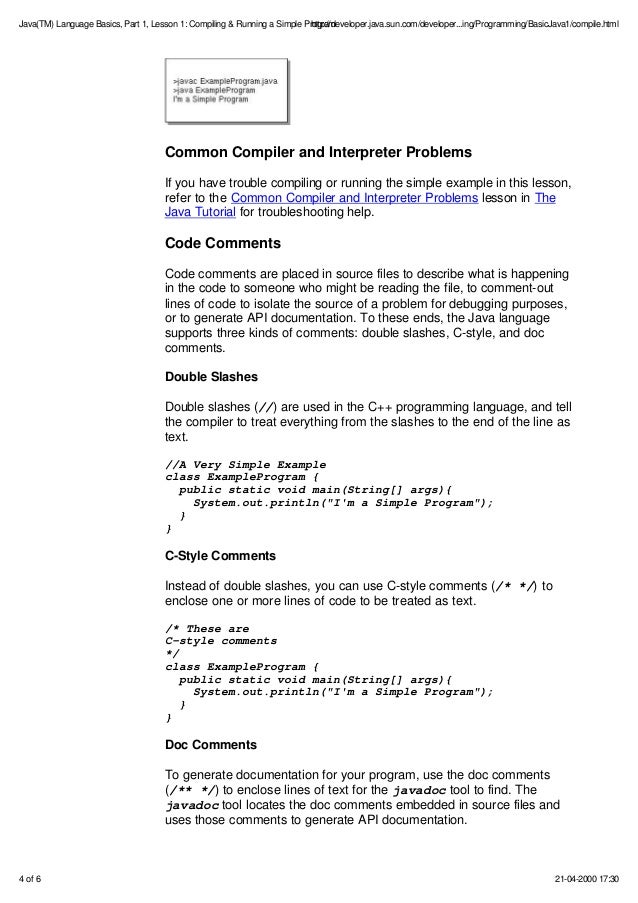
Relative to Q, it offers some important new features (such as local functions with lexical scoping, efficient vector and matrix support, and the built-in C interface) and programs run much faster as they are compiled just-in-time to native code on the fly. The Pure language is a successor of the equational programming language Q, previously created by the same author, Albert Gräf at the University of Mainz, Germany. The syntax of Pure resembles that of Miranda and Haskell, but it is a free-format language and thus uses explicit delimiters (rather than off-side rule indents) to denote program structure. At the same time, Pure is a small language designed from scratch its interpreter is not large, and the library modules are written in Pure. Pure comes with an interpreter and debugger, provides automatic memory management, has powerful functional and symbolic programming abilities, and interfaces to libraries in C (e.g., for numerics, low-level protocols, and other such tasks). Pure is free and open-source software distributed (mostly) under the GNU Lesser General Public License version 3 or later. It has facilities for user-defined operator syntax, macros, arbitrary-precision arithmetic (multiple-precision numbers), and compiling to native code through the LLVM.

Pure, successor to the equational language Q, is a dynamically typed, functional programming language based on term rewriting. Cross-platform: FreeBSD, Linux, macOS, Windows


 0 kommentar(er)
0 kommentar(er)
